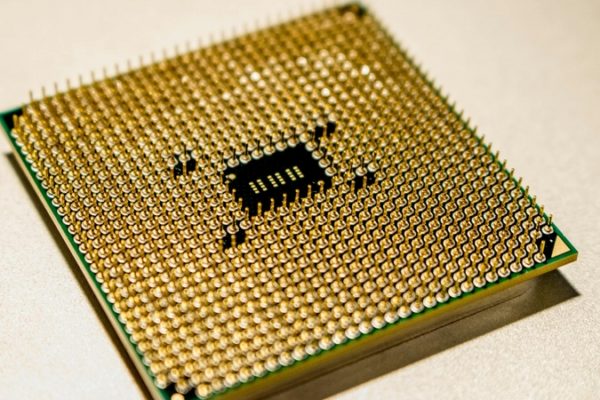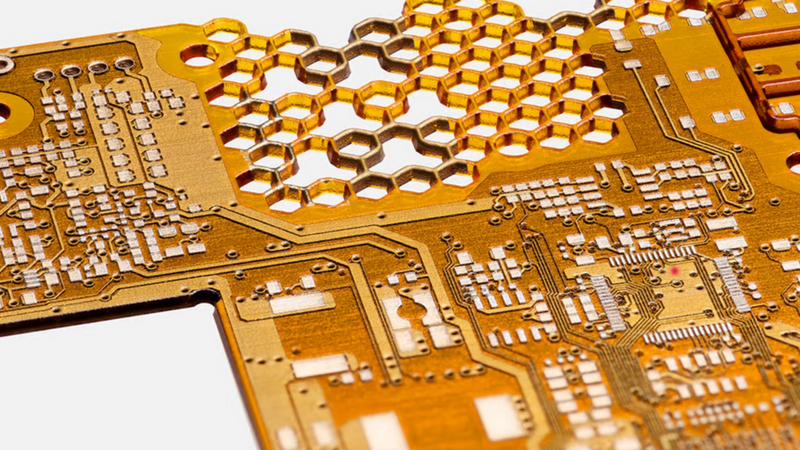
Printed circuit boards (PCBs) have been a key technology in driving electronics design thanks to their ability to bind components to a secure substrate, provide electrical connections between components, and enable mass production through the use of lithographic technologies. However, the introduction of 3D printing introduces numerous advantages to the world of circuit design including 3D circuits and complex board shapes. In this article published by All3DP, learn about what 3D printed PCBs are, how they can benefit engineers, and what technologies currently exist.
Top Stories This Week
- Apple Once Again Increases Autonomous Car Fleet Team; Number Of Cars Still At 69
- Chipotle Mexican Grill Will Test Robotic Tortilla Chip Maker ‘Chippy’ In California Restaurant
- Apple Says It Will Manufacture iPhone 14 In India
- Suppliers Are Beginning To Join Toyota’s Hydrogen Combustion Crusade
- Waymo Vs. Man – Autonomous Vehicle Manufacturer Releases Data On Who Is Safer?
- How Far Can Semiconductor Manufacturing Be Automated?
- Framatome Installs First 3D Printed Nuclear Fuel Component At Forsmark
- New 3D Printing Method Designed By Stanford Engineers Promises Faster Printing With Multiple Materials
- Researchers Demonstrate 3D Printable Battery Electrolyte
- SiFive And Provenrun Collaborate To Deliver Best-In-Class Security For RISC-V Microprocessors
Custom parts for startups & enterprises - order online, delivered same day.
Hardware Business News
Apple Once Again Increases Autonomous Car Fleet Team; Number Of Cars Still At 69

Apple is well known for its range of consumer electronic products including computers, laptops, and smartphones, but while these products have demonstrated tremendous success, there exists a division that receives far less attention; self-driving vehicles. The wide range of technologies at Apple’s disposal combined with its vast data capabilities makes Apple an ideal candidate for the development of self-driving vehicles, and this was further demonstrated with the recent announcement of the hiring of more staff for their self-driving vehicle project. What challenges do self-driving vehicles present, what did Apple announce, and is the project going to plan?
Chipotle Mexican Grill Will Test Robotic Tortilla Chip Maker ‘Chippy’ In California Restaurant
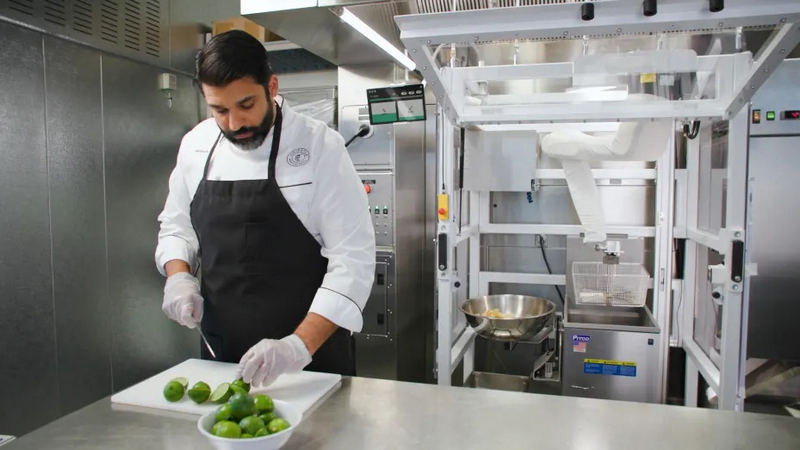
As robotics and AI continue to advance, there are many who are worried about how the introduction of such technology will affect the labour market. Artists and musicians have historically believed that only humans can produce works of art (which is no longer the case), while AI journalists can turn out articles that almost pass as being written by a human. Now, one restaurant in California intends to test out a new robotic chef that will be used to make fresh tortillas for customers. What challenges do such robotic platforms face, what features will the robotic system integrate, and will this project be expanded if successful?
Apple Says It Will Manufacture iPhone 14 In India

By far, the vast majority of consumer electronics are manufactured in China due to low labour costs, a large amount of manufacturing infrastructure, and its vast shipping networks. However, recently challenges involving China are making manufacturing in China more problematic for western nations, and manufacturers are now turning to other nations. Recently, Apple announced that it is moving the manufacture of its latest product, the iPhone 14, to India as it starts to reduce its dependency on Chinese industries. Why is China starting to introduce challenges to manufacturers, what did Apple announce, and what message does this send to China?
Suppliers Are Beginning To Join Toyota’s Hydrogen Combustion Crusade
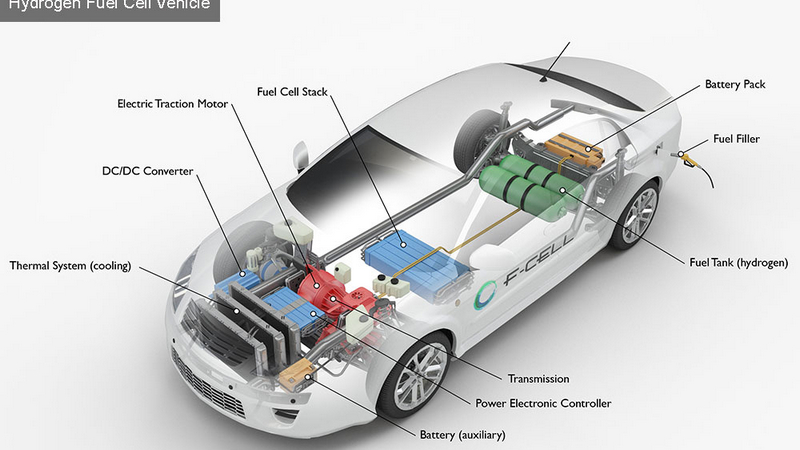
Electric vehicles are set to be the future of transportation due to their lack of emissions (at least locally) which will help to improve environmental conditions in inner city areas as well as reduce global CO2 emissions. While companies such as Tesla are convinced that lithium-ion batteries are the way forward, Toyota is adamant that hydrogen is the way forward. Now, suppliers for automotive equipment are starting to see the advantages of hydrogen over lithium, and have begun to provide resources needed to support hydrogen-powered cars. What challenges do lithium-ion batteries introduce, what is Toyota’s vision, and is hydrogen the answer?
Talk with an expert
Hardware Engineering News
Waymo Vs. Man – Autonomous Vehicle Manufacturer Releases Data On Who Is Safer

Autonomous vehicles are still nowhere near ready for roads as they face numerous challenges whether it is a lack of data availability, interpreting situations incorrectly, or outright being left confused when road markings are not exactly as expected. But while autonomous vehicles are still being developed, some believe that they are already better drivers than humans, and Waymo has recently published data that may suggest this (however, it should be kept in mind that Waymo only drives their vehicles on specific roads that are well understood). What challenges have Waymo faced, what does their data show, and are autonomous vehicles ready for mass integration?
How Far Can Semiconductor Manufacturing Be Automated?
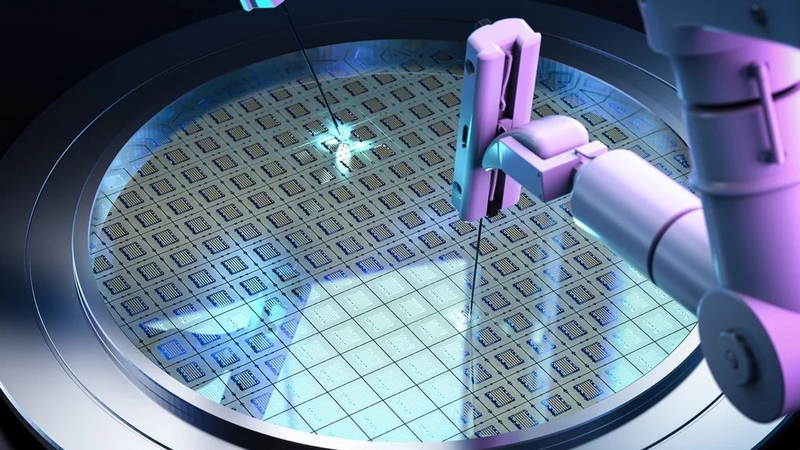
The semiconductor shortage as a result of numerous global COVID lockdowns has raised serious questions about the strategic importance of semiconductor manufacturing, and how the world can better defend against disruptions in their manufacture. While semiconductor manufacturing is a highly automated process, it still requires humans to operate various machinery, perform checks, and overall observation of the production process. In this article published by azom, read about whether semiconductor manufacturing processes could indeed be fully automated, and how the industry would be affected if such a feat was achieved.
Framatome Installs First 3D Printed Nuclear Fuel Component At Forsmark
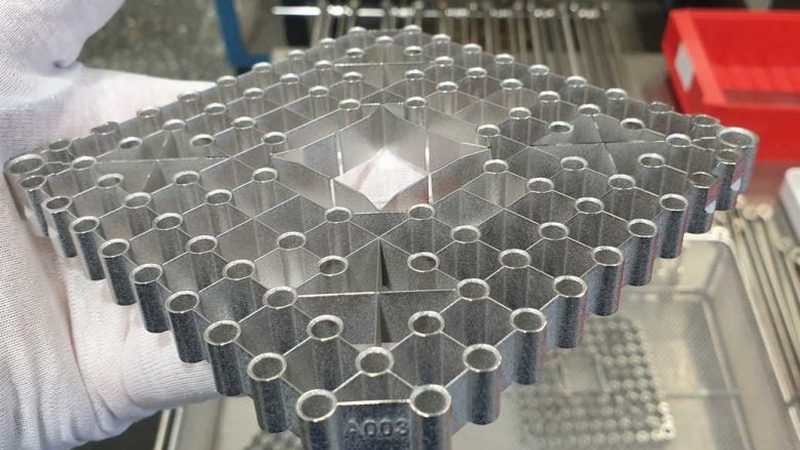
Nuclear energy is an excellent source of power for the modern world, and with rising costs of fossil fuels along with increased damage to the climate, nuclear fuel may just be the energy that saves humanity. However, nuclear energy is also an extremely difficult technology to work with due to the need for fuel production, transportation, usage, and eventual disposal. Recognising the challenges faced by fuelling, one nuclear plant in Sweden has turned to 3D printing to create its fuel cell structure that is responsible for holding pellets of Uranium. What challenges do traditional fuel rods present, what exactly did the nuclear plant in Sweden develop, and how could 3D printing continue to help the nuclear industry?
Hardware R&D News
New 3D Printing Method Designed By Stanford Engineers Promises Faster Printing With Multiple Materials
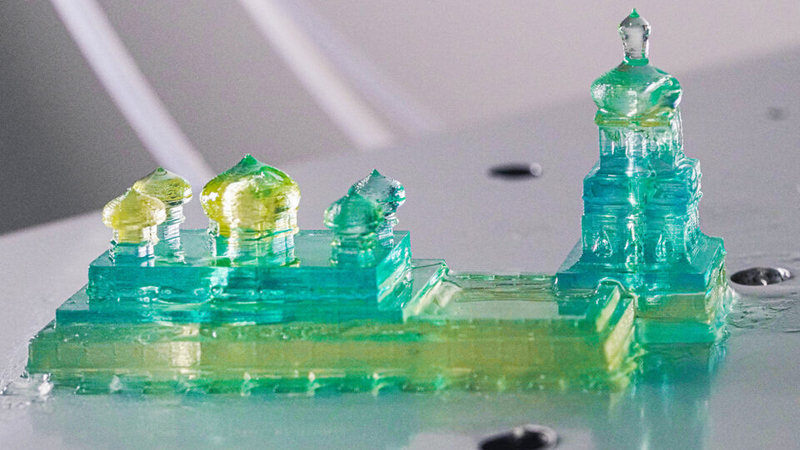
3D printers have introduced numerous benefits to the world of engineering including the ability to cheaply produce complex 3D parts as well as providing engineers the opportunity to turn out numerous design iterations in a single day. However, the vast majority of 3D printers on the market are only capable of printing a single material, and those that have dual-extruder capabilities can see numerous issues including printing time and adhesion. Recognising the challenges of multi-materials FDM printers, researchers from Stanford have demonstrated a new high-resolution 3D printer that is 5 to 10 times faster compared to other FDM printers. What challenges do multi-material FDM printers face, what did the researchers develop, and what advantages do multi-material FDM printers present?
Researchers Demonstrate 3D Printable Battery Electrolyte
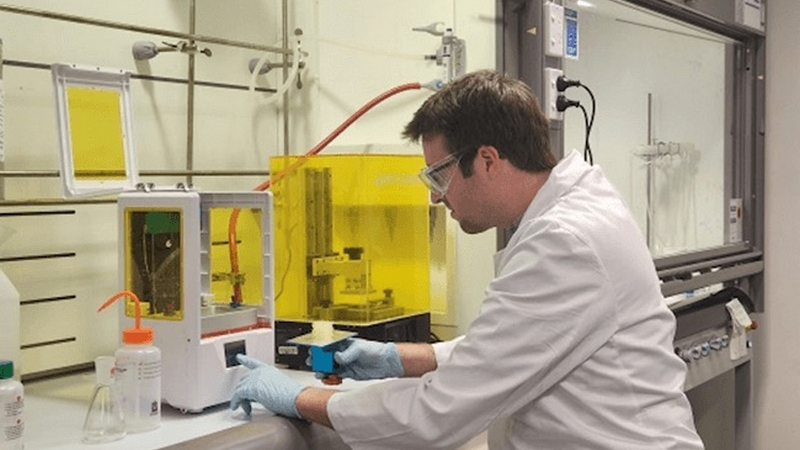
Batteries are an essential component of many consumer electronics, but their heavy ridged design along with the use of volatile compounds can make them problematic. One concept that has started to ripple through the engineering world is to integrate batteries into the structure of a product to reduce weight while increasing strength. Recently, researchers from the University of New South Wales demonstrated a new 3D printing technology capable of printing solid electrolytic materials in any shape for energy storage. What challenges do energy storage solutions present, what did the researchers demonstrate, and how could they be used to improve future products?
Open-Source Hardware News
SiFive And Provenrun Collaborate To Deliver Best-In-Class Security For RISC-V Microprocessors
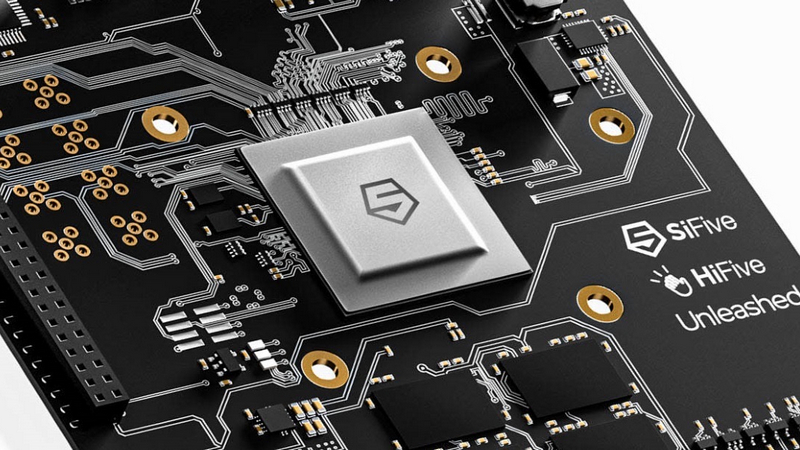
RISC-V is starting to gain traction in the engineering community thanks to its open-source instruction set, ability to standardise code on a machine level and help accelerate projects without having to worry about licenses and royalties. But while RISC-V presents engineers with opportunities, it also introduces some challenges such as the general lack of support and few security-oriented designs. Recognising the security challenges with RISC-V, SiFive and ProvenRun has recently announced a collaboration that will introduce various security features and help create secure RISC-V platforms. What challenges does RISC-V face, what will the collaboration bring, and when will these new offerings be available?


